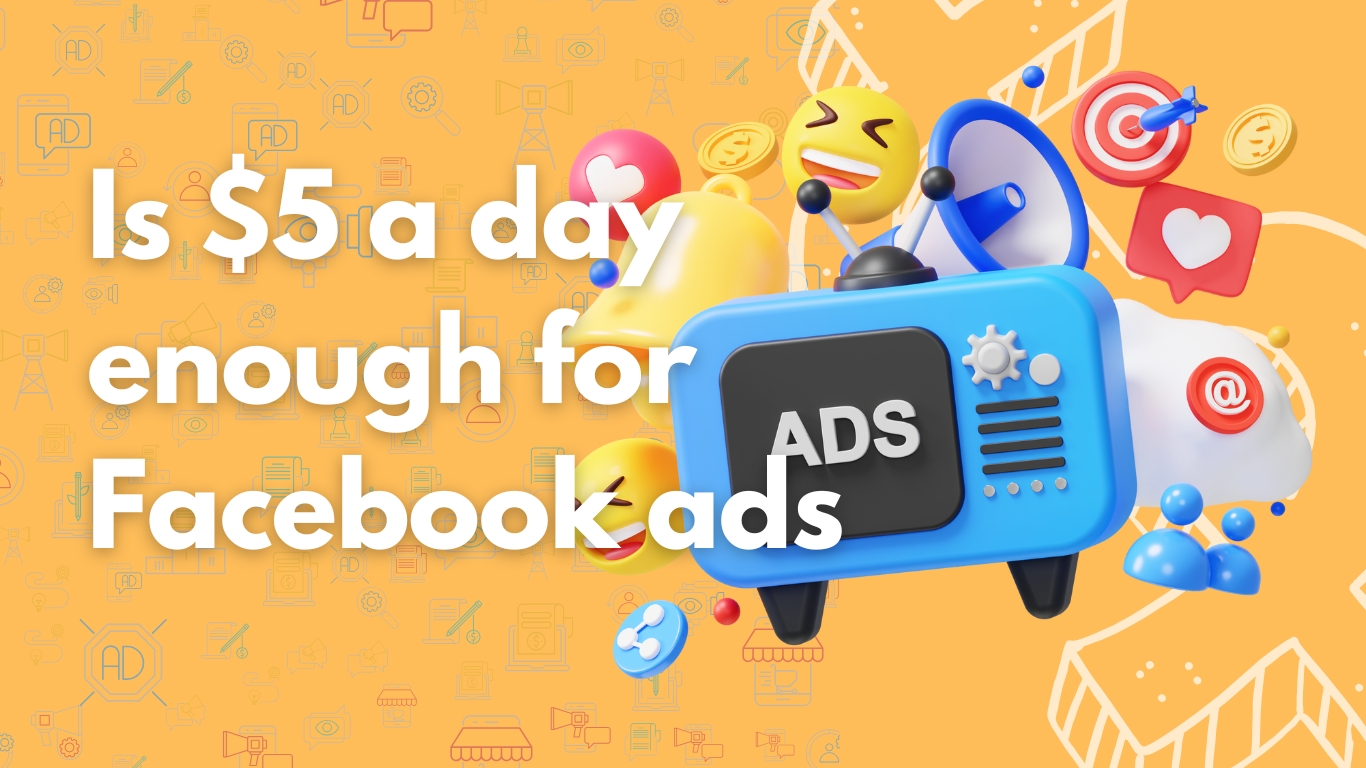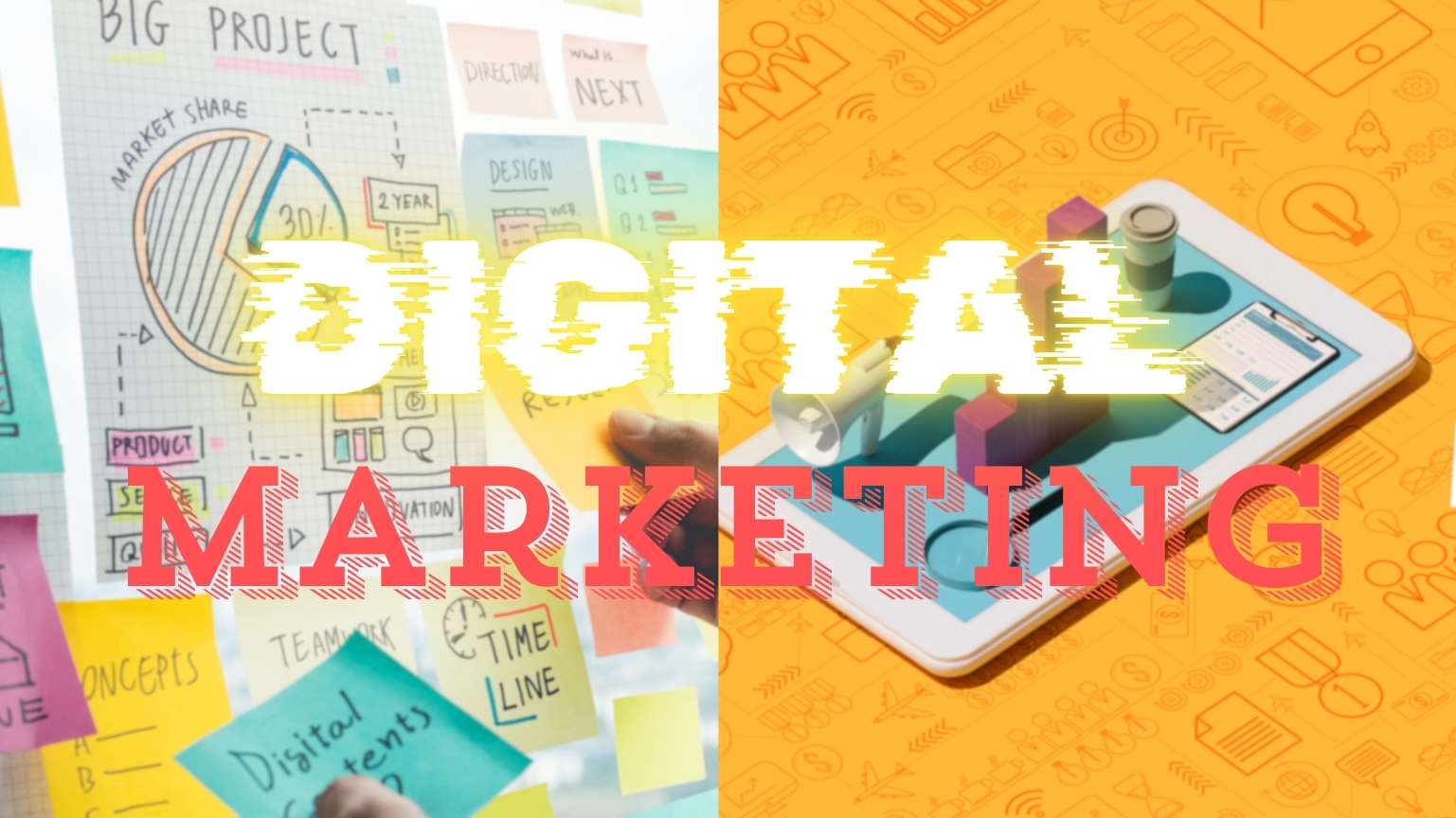
The world we lived in 12 years ago, and the world we live in now has drastically changed. I don’t mean we have flying cars or have transformed the Earth’s environment 360 degrees. What I mean is that, in the digital world, the internet has drastically changed everything. Even 20 years ago, launching a new product or service required spending much money on marketing. It followed traditional marketing strategies, where businesses relied on physical channels like billboards, print ads, or TV commercials. This was costly, and the chances were relatively high that ads weren’t reaching the proper audience. For example, if a business was selling a lipstick product and showed a 60-year-old man describing its features, the likelihood of that man buying it was low. However, thanks to the internet in today’s digital world, showing the right product to the right audience is now more cost-effective and more accessible than ever. So, let’s answer the most critical question you’re here for:
What is digital marketing:
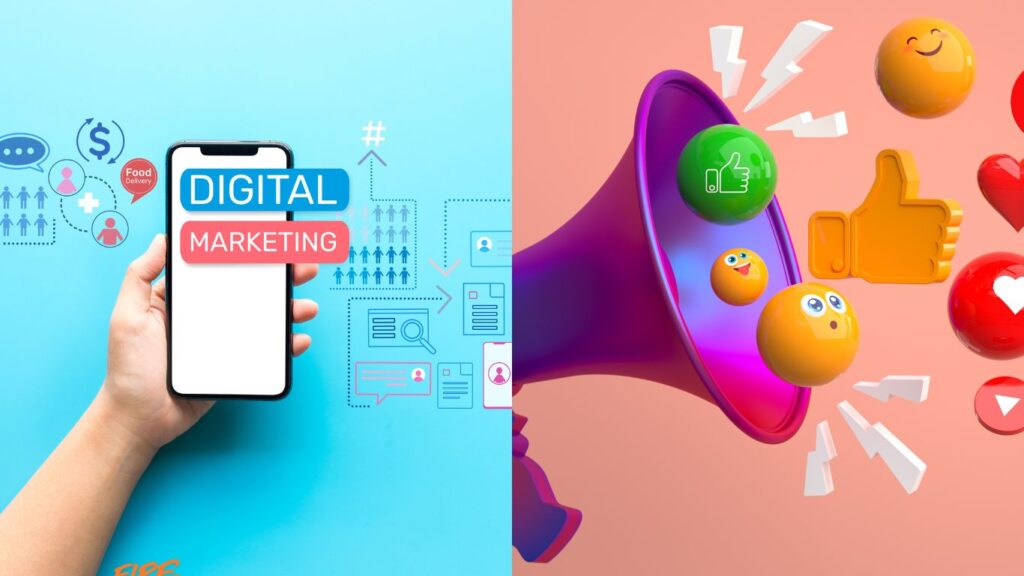
Digital marketing is a way of promoting or selling a product or service through digital platforms such as search engines, websites, social media, email, and mobile apps. Unlike promoting your product on legacy media or billboards, with the help of the internet, people can promote their service and product on Facebook, YouTube, Twitter, mobile, laptop, and every digital platform. The cost of showing those ads to the right targeted audience can be pretty low compared to the traditional marketing methods. You know, every time you chat in WhatsApp or message about something you want, like a t-shirt or cool Nike shoes, you go to Facebook, and Facebook starts to show you the exact product ads related to t-shirts and Nike shoes. YES!! The Facebook algorithm can detect your chat and know which product to show that you are interested in. If you are good at marketing, you can use this as leverage to target the right audience to sell that product via this kind of digital platform that provides their services for free to their audience in exchange for taking money from the entrepreneurs and showing ads to the audience
REMEMBER: If someone provides a product or service for free, then the chances are high that you are the product for them..
To make it simple to understand, we will divide digital marketing into major sectors, which will help you understand the core fundamentals of digital and marketing and how they affect your everyday life and help your business grow.
SEO (Search Engine Optimization):
SEO is more like a marketing tool than a marketing strategy. Search engine optimization ( SEO ) helps a website improve its position in search engine results, such as Google, Bing, Yahoo, and Firefox. Because Google Chrome holds more than 50% of search engine searches, almost the majority of SEO experts (SEO experts: The people who are skilled in SEO to rank your website page on Google’s top page) try to target Google search engine optimization.
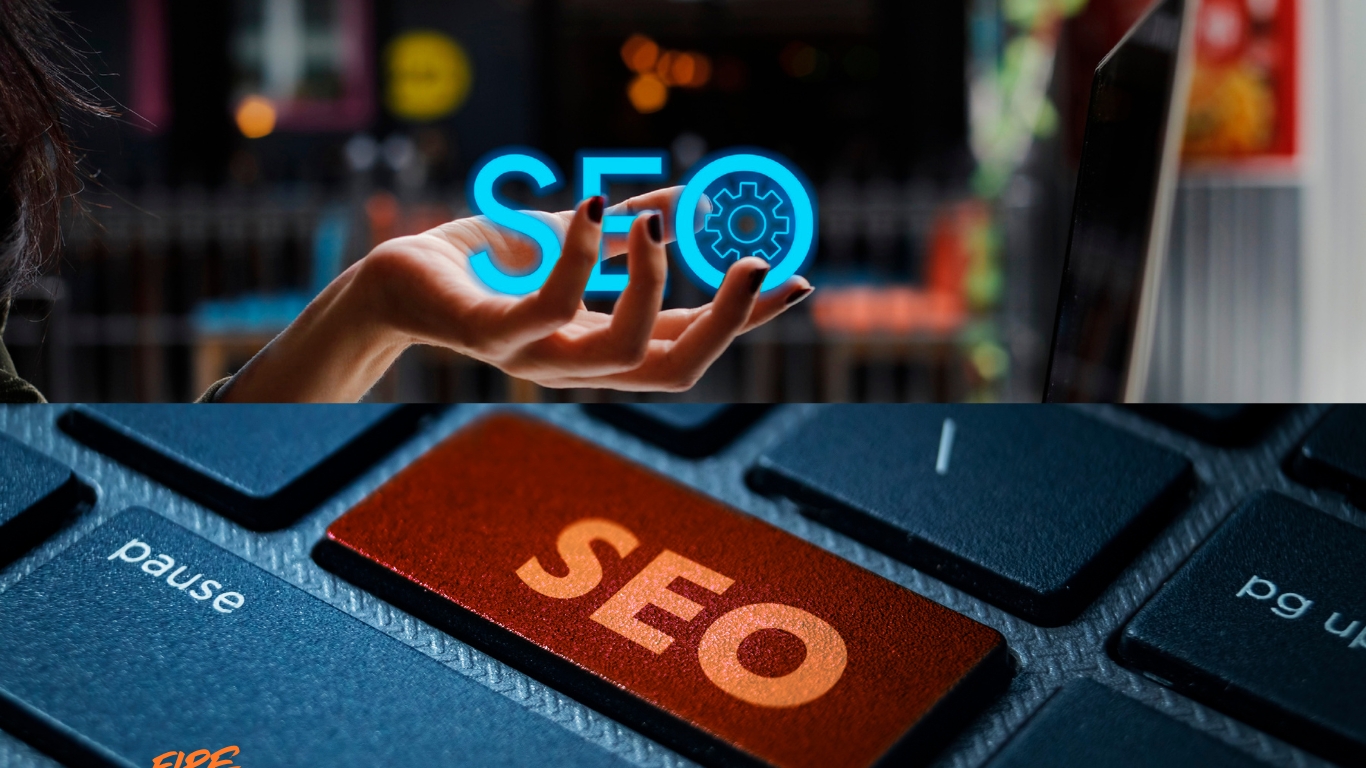
To understand it better, let me give you an example; suppose you are trying to find out something about the best barbershop in your area, or you want to get a new graphics card for your pc. As obvious, you go to Google and search “best barbershop in my area” or something like “buy RTX 4070 for best price”. Then Google shows you the exact thing you searched for. You choose between the top 5-7 Google searches; you hardly go to the 2nd page of Google. Now, what the SEO expert does is optimize their website page so that their website pages would show up on the top page, and you would click on their websites. It’s the best way to get an organic audience on the website
How SEO works :
Google uses particular bots(software programs) to crawl all the web pages and collect a large amount of complex information after collecting information from the web pages’ content type, information, website loading time, user-friendliness interface, etc.
SEO makes websites more accessible for search engines to understand and rank in the searches. The Google ranking algorithm is complex and changes over time. There are no specific rules to becoming an SEO expert, but here are some huge key factor that impacts Google’s ranking :
On-Page SEO (it is what on the front page you see when you enter a website page):
- Keywords: Identify and use the right keywords that people search for.Keyword searches might be the most important factor in on-page SEO.Use the necessary keywords on your website page that you want to rank for.
- Content: High-quality, informative, original content that answers users’ questions. If there isn’t any content or information about what the people clicked for, then the possibility is that they will immediately close your website page. The impression would be bad for ranking, and if the Google bots find out the bounce back is high in your website, they will try to show your website less on the top search page results.
- Title Tags and Meta Descriptions: These appear in search results and affect click-through rates.
- Headers: Structure content with H1, H2, and H3 tags, which help both users and search engines understand the content.
- Internal Linking: Linking to other pages within the same website helps spread authority and makes navigation easier.
on page SEO:
- Backlinks: Links from other reputable websites signal to search engines that your site is trustworthy and authoritative.
- Social Signals: Shares and mentions from social media can indirectly impact SEO by increasing visibility.
Content Marketing:

As we said before, the quality of content is highly effective when you try to rank high in Google searches. Highly quality content helps the business reach people who have never heard of it before. Relevant content based on the service or product you’re providing is a must.
For example, if your Facebook page is about selling stylish clothes, you’ll try to create content based on that clothing niche. If you start posting anime memes from that Facebook business page, you might get some attention, but the audience you gained is unlikely to buy your product. You didn’t target the proper audience.
Just like that, when you create blog post content, make sure to provide the proper high-quality content for what the user searched for and what your blog is written for. If you just focus on SEO with keywords without the proper kind of content, you may rank on Google (the possibility is low since Google also prioritizes the quality of the content ), and if they bounce back, your page score will become low, which is really bad for ranking.
You can create any type of content, such as video, image, blog, infographic, podcast, and more.
Key Benefits of Content Marketing:
- Building Trust: High-quality content helps establish your brand as an authority in your industry.
- Educating the Audience: Content can educate your audience, helping them make informed decisions.
- Improving SEO: Quality content helps improve SEO by targeting specific keywords.
Effective content marketing is about creating content that resonates with your audience, answers their questions, and keeps them returning for more.
Content marketing isn’t a quick-win strategy. It takes time to build an audience and see tangible results. However, quality content has a lasting impact, as evergreen content (relevant content) can attract traffic and leads for months or even years. Content marketing can establish your brand as an industry leader, build a loyal audience, and drive sustainable, organic growth over time. The focus is on providing value to the audience at every stage of their journey with your brand.
email marketing:
The simplest example of email marketing would be sending an email to the customer or client and hoping that they will open it and read what you are providing or trying to say through the email. But that’s just not it. Email marketing itself is a big niche in the digital marketing era. If you have the magical touch of capturing people’s minds by writing words, then email marketing would work for you like a charm.
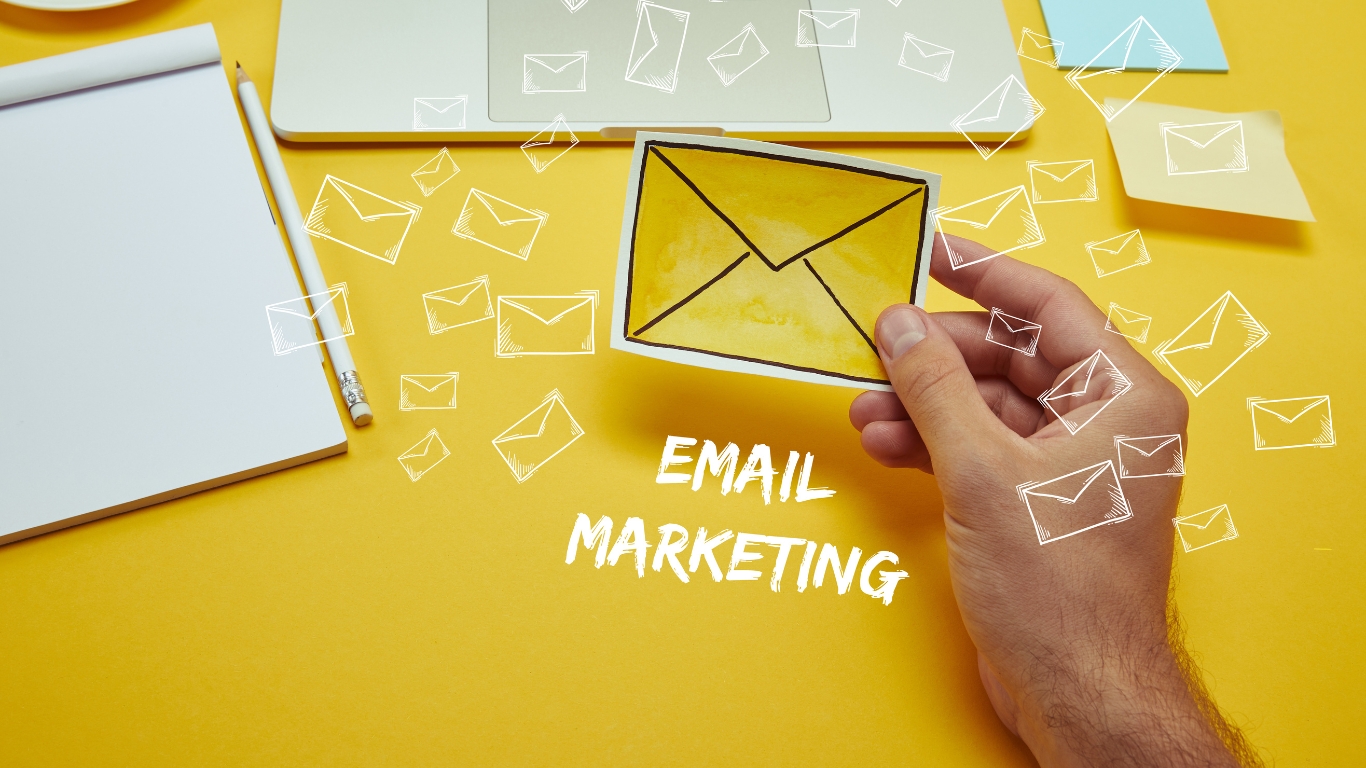
Many businesses try to sell quickly as they get the client’s names and email addresses. Most of the time, they end up in the customer’s spam section. instead try to capture their attention by addressing them more personally; instead of trying to sell them something unimportant, such as a product or service, try to connect with your audience more on the first go. It’s a unique chance to speak directly to your audience and build a personal, relevant, and engaging relationship. Imagine walking into a cozy cafe, sitting down with a friend, and sharing something exciting or helpful you know they’d love to hear about. That’s the essence of what email marketing can be when done right.
Picture this: you open your inbox and see an email with your name in the subject line, addressing a topic you’ve been curious about. You’re more likely to open that email, right? That’s because personalized emails feel like they were crafted just for us. Personalization in email marketing isn’t just a trend; it’s a powerful way to make someone feel seen and valued. Small details like using the recipient’s name, understanding their interests, and sending relevant offers can make all the difference.
When we take the time to understand who our audience is and what they care about, we can create a message that resonates deeply with them. It’s like building a friendship – the more you know about someone, the more meaningful your conversations become
You can use email as another push to buy your product. Suppose a customer enters your website, like something, adds to the cart, fills out the form, but doesn’t make the payment; you can send an email to the customer, gently reminding them that” hey, you added this product from our store but didn’t make the payment,” or something like that.
social media marketing:
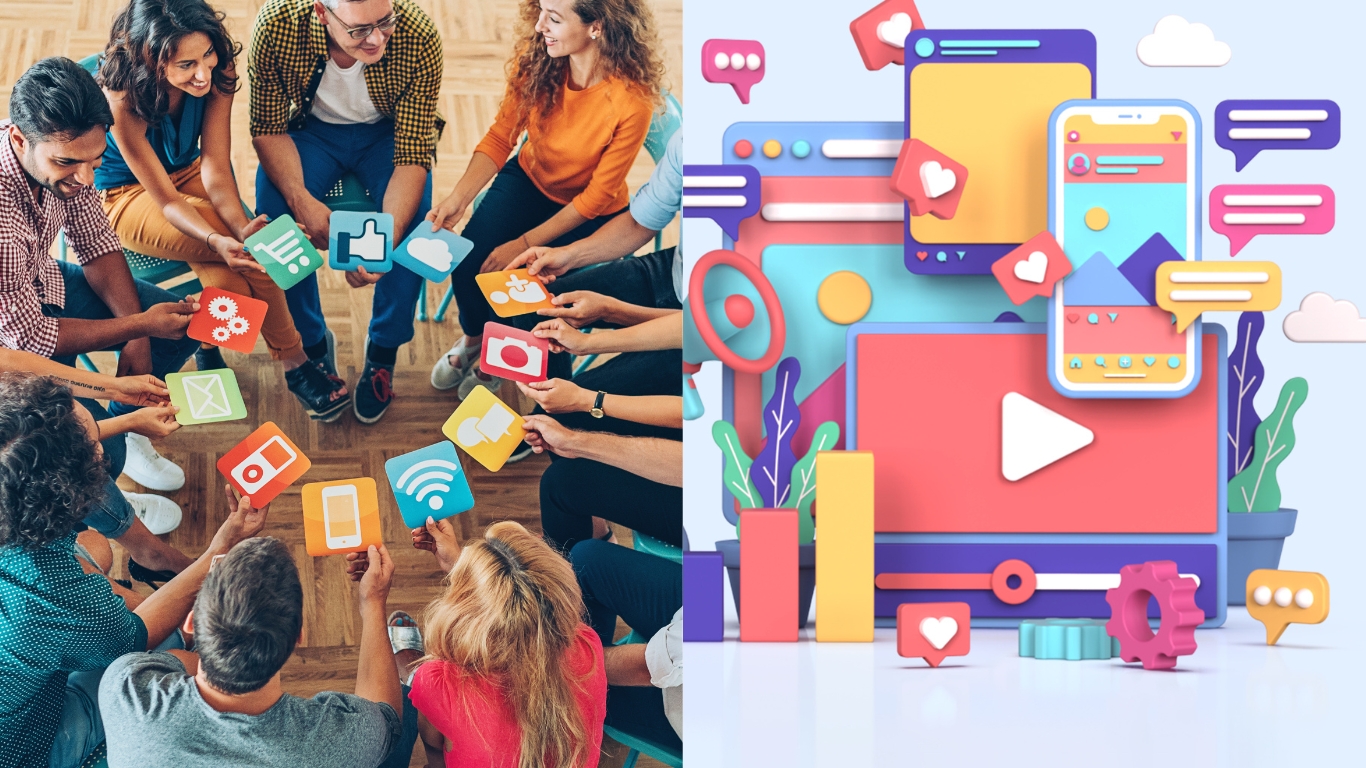
When it comes to promoting your brand awareness, social media marketing plays a crucial important role. Facebook, X, Instagram, and LinkedIn are the most popular social media marketing. It’s a platform used to build a brand’s values, stories, and customer loyalty. If you consider it, social media marketing isn’t just about posting content. It’s about creating experiences that connect people and brands, forming communities that feel welcoming, and crafting stories that resonate with real human emotions.
Imagine you’re at a neighbourhood gathering. You don’t start conversations by showing everyone your latest product or talking solely about yourself, right? You share stories, listen to others, find common ground, and maybe even crack a joke. Social media marketing, at its core, works the same way. Brands don’t just talk—they listen, empathise, and engage. Companies that understand this build human-feeling communities, and their customers become loyal advocates.
Social media marketing isn’t just used for likes, comments, or views; the most essential part is to build a proper loyal connection with customers. Your loyal customer doesn’t only stick for your product; it’s not like you are the only one who’s provided him/her with the best quality product at the best price; no, it’s because the loyal customers you build over time have faith in your brand, they brought from you before, they got the service they wanted, they know you, and they have trust that even next time you or your brand will fulfill their expectation.
Storytelling: Bringing Humanity to Your Brand
People don’t fall in love with products; they fall in love with stories and personalities. When a brand can tell its story—why it started, who it’s for, and what it believes in—audiences are drawn in. Maybe it’s a story about a founder who wanted to solve a personal problem or an origin story of how a product evolved over the years. Whatever it is, these stories become relatable. They remind followers that behind every brand is a group of caring people.
Pay-Per-Click Advertising (PPC):

PPC is a model of Internet marketing in which advertisers pay a fee each time their ad is clicked. It’s a way to buy visits to your site rather than attempting to ‘earn’ those visits organically.
Popular PPC Platforms:
Google Ads: Displays your ad on Google’s search results for relevant keywords.
Facebook Ads: Targets users based on demographics, interests, and behaviors.
LinkedIn Ads Target a professional audience by job title, company size, and more. PPC can bring in instant traffic and is highly targeted, enabling you to reach possible customers actually searching for products or services like yours.
Affiliate Marketing:
Affiliate marketing promotes other people’s businesses and gets a commission every time they buy the product through you. Suppose you have a website about digital marketing(just like this one) and want to sell t-shirts, coffee mugs, and funny graphics related to your niche, so you have created a shop section on your website. But you don’t have the source to create such a printed t-shirt or mug. So you go to any print-on-demand website, such as Printify or Printful. You create your own t-shirt and mug design there and upload it to the website. Every time someone buys the designed t-shirt or mug from your website, this third-party website will print it and send it to the customer who has given it to the address. In return, you get a commission. In this process, you didn’t have the product or the stocks; you just promoted other-party products on your website and got a commission. Pretty much, this is affiliate marketing.
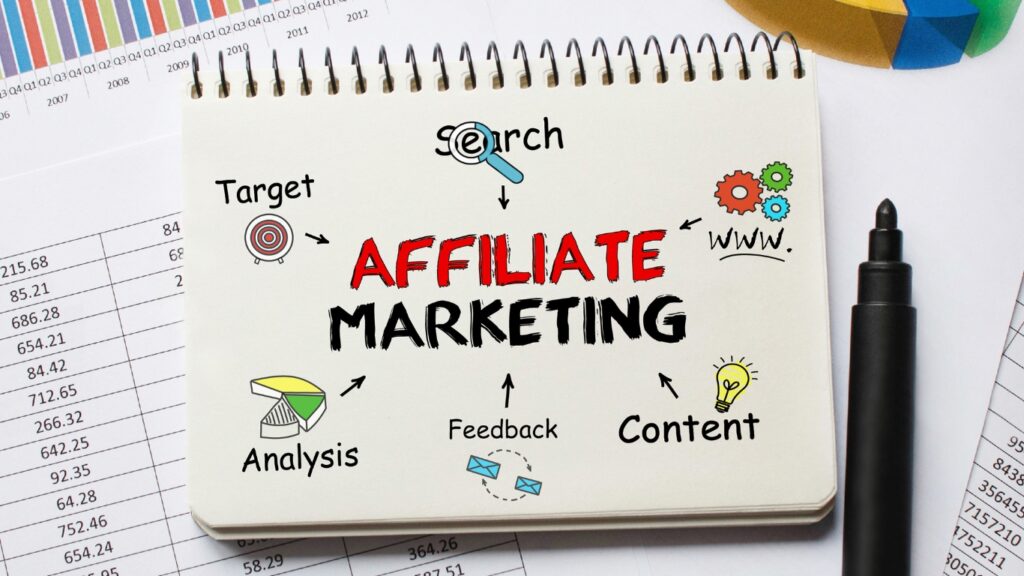
You can collaborate with different brands, promoting their products through Facebook ads and Google ads in exchange for a commission.
Benefits of Affiliate Marketing:
- Performance-Based: You only pay when a sale is made. If someone purchased from your website, then you have the money; after securing your commission, you can order the same product through 3rd party print on demand service to the address that the customer had provided
- Expanded Reach: Affiliates can reach audiences you may not have access to.
- Low Risk: Affiliates take on most of the marketing efforts, making it a low-cost business strategy. You don’t need to stock up on unnecessary products in your warehouse.
Influencer Marketing:
Influencer marketing involves collaborating with people who have enormous and active followings on social media platforms, blogs, or any other digital platform. In return, the influencer popularises certain products or services among target audiences through personal experience, reviews, or even demonstrations of such products.
In other words, the point is quite simple: use the influencer’s reputation and/or trustworthiness to reach out to prospective customers in a very genuine way. Influencer marketing does something vital: it builds rapport and credibility for the product or service, unlike traditional advertising, which may sometimes be impersonal.
Conclusion:
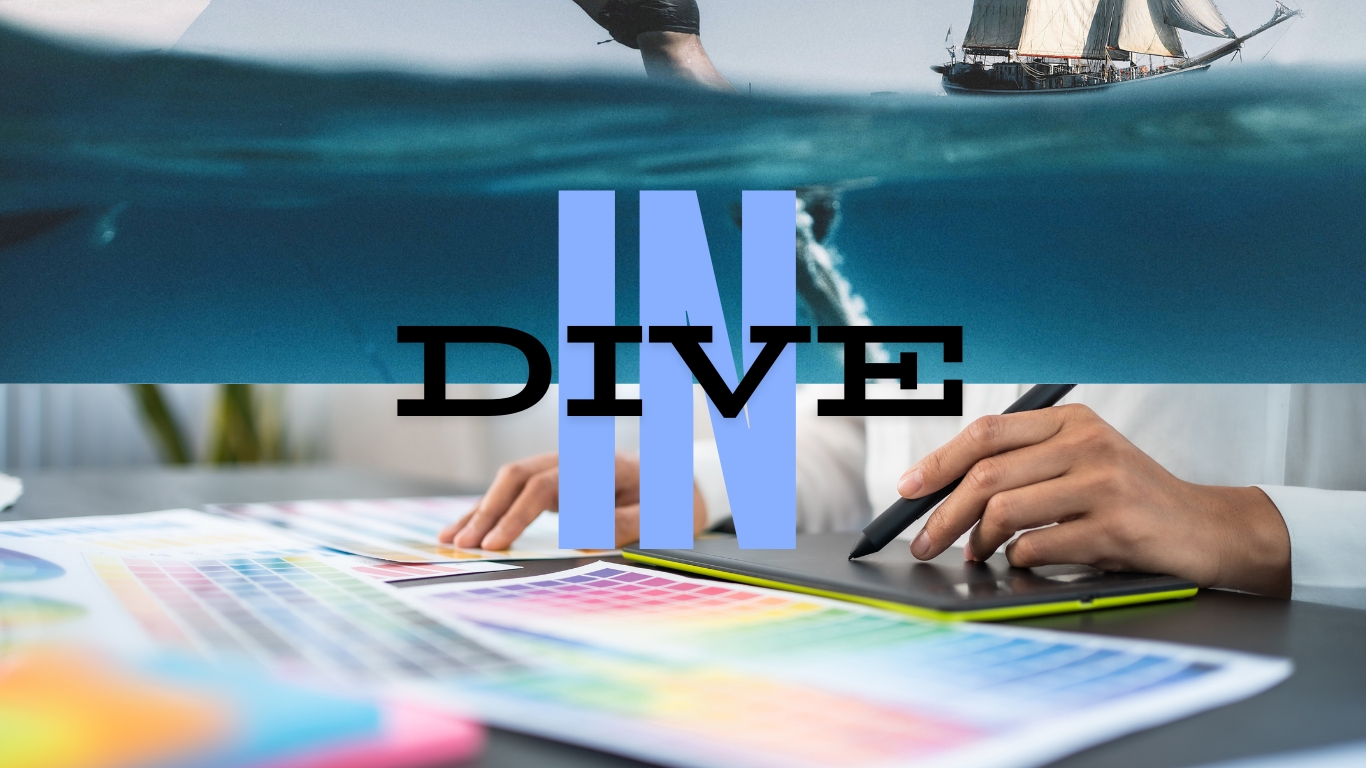
Almost all of these are the main sectors in digital marketing, which is a vast industry. In this large and growing industry, every main sector—such as SEO, social media marketing, content marketing, etc.—plays a crucial role in reaching audiences, driving engagement, and achieving business goals. Each sector offers unique strategies and techniques, and together, they create a comprehensive approach to building a strong online presence.
You can take just one sector, Like SEO, master it, and go to the freelancing world or traditional work market to find a job. Remember, Digital marketing is a high-paying skill, and even in this AI era, the possibility is pretty low that AI will replace digital marketing, at least not in the next 10-15 years. These skills require skill, observation, human psychology, market structure, and so on, and AI is still far behind in replacing you. If you read this blog from start to end, I am sure you are seriously choosing this industry. I just want to tell you that you are in the right place. Learn from every YouTube video and blog about this industry, peek at a niche, and learn to change your way of living. Don’t forget to subscribe to our email. Keep in touch 😉



